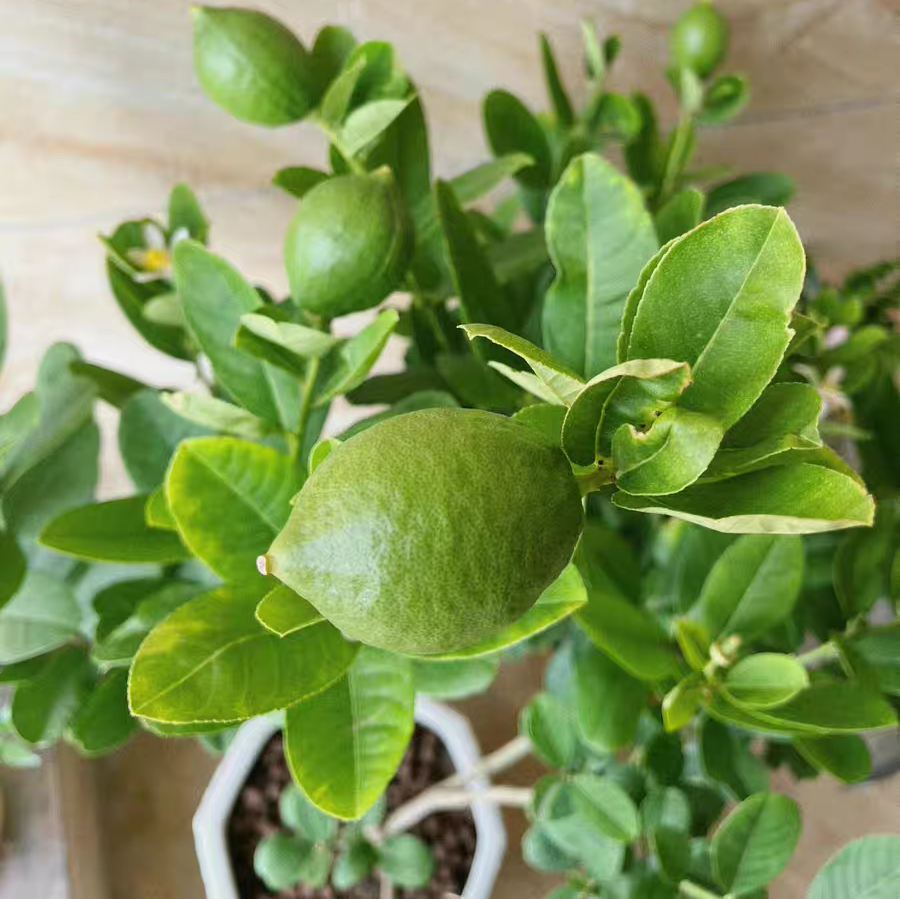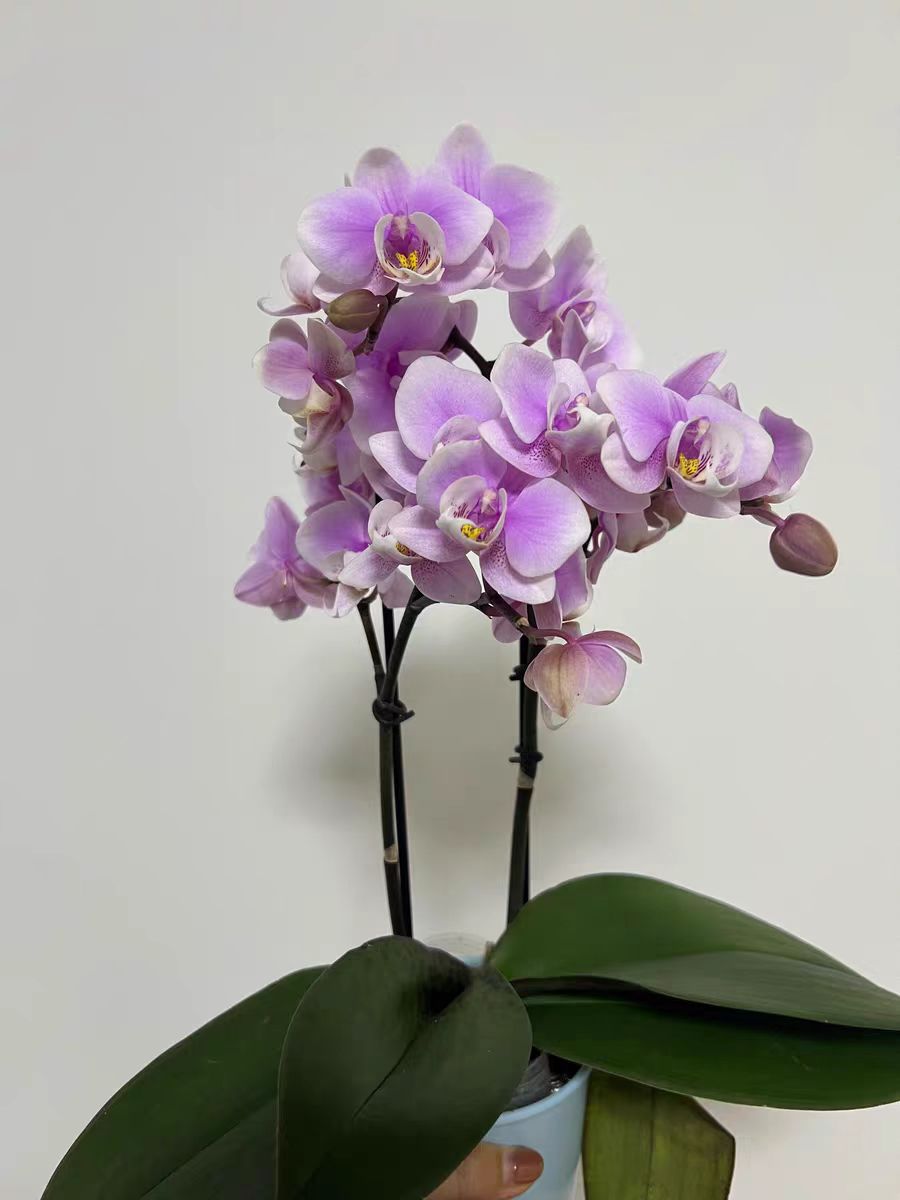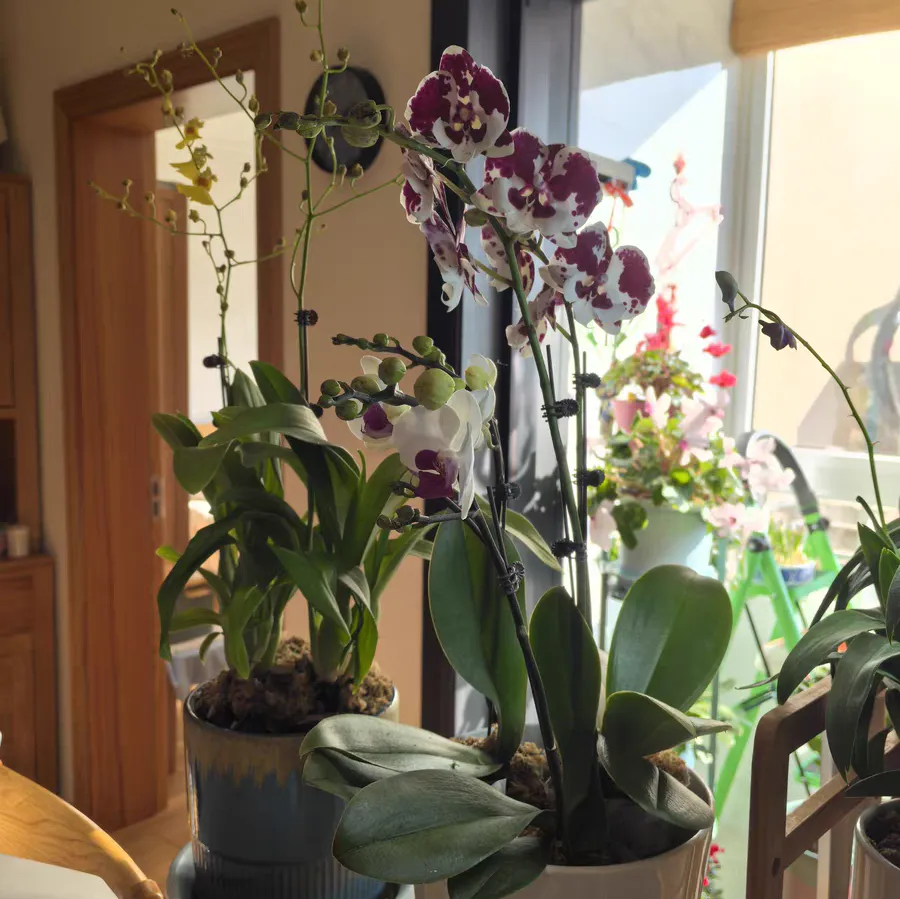The perfume lemon is an evergreen small tree of the genus Citrus in the Rutaceae family, originating from Southeast Asia. Its fruit is oval to oblong in shape, with an elongated fruit shape and a relatively long fruit stalk. The peel is smooth and fine, and its color is yellow - green, shining with a fresh luster under the sunlight.
The most prominent feature of the perfume lemon is its unique scent. It has a rich and charming fragrance, which is extremely elegant. It is not like the common lemon that only has a purely pungent sour smell. When you cut open a perfume lemon, the fresh fruit aroma spreads immediately. The faint sweet - and - sour smell can instantly transport people into a lemon orchard. Moreover, the perfume lemon is extremely juicy. Just a gentle squeeze will cause a large amount of juice to gush out.
There are obvious differences between the perfume lemon and the common lemon. In terms of appearance, the common lemon is mostly oval in shape, with a relatively regular size. The color of the peel ranges from light yellow to bright yellow. Although its surface is also smooth, it is far less fine than that of the perfume lemon. The perfume lemon has a more elongated body, and its fruit stalk is significantly longer than that of the common lemon. The yellow - green color makes its overall appearance more distinctive. In terms of smell, the common lemon mainly has a strong pungent sour smell, while the perfume lemon has a fragrant fruit aroma. The smell is fresh and elegant, with a faint sweet taste and a relatively weak sour taste. It is precisely because of this unique smell that it is called the "perfume lemon". In terms of taste, the common lemon is very sour. When you squeeze the juice, the sourness can make your facial features wrinkle instantly. However, the perfume lemon is different. It has an elegant and charming fruit aroma and a weak sour taste. Even if you take a bite, it won't make you grimace from the sourness. Instead, a hint of sweet taste spreads on the tip of your tongue, just like tasting a cup of fresh fruit - scented tea.
When planting, the soil can be a mixture of 3 parts of leaf mold, 2 parts of peat soil and 1 part of perlite or a mixture of garden soil, organic fertilizer and river sand. Lay gravel or expanded clay at the bottom for drainage. Select seedlings with developed roots, strong branches, no pests and diseases, and healthy leaves. Plant them in spring or autumn. Do not damage the roots during planting. After planting, compact the soil and water thoroughly.
During maintenance, provide full - day sunlight in spring, autumn and winter, and provide appropriate shade during high - temperature summer. Water when the soil is dry. Keep the soil moist during the growing season, increase the watering frequency in summer, and keep the soil slightly dry in winter. Water thoroughly when the soil 2 - 3 centimeters below the surface is dry when inserting your hand into the soil. Apply a thin organic fertilizer once every 1 - 2 months during growth. Increase the application of phosphorus and potassium fertilizers during the flowering and fruiting periods, and be careful to avoid the roots. Regularly prune dead branches, diseased branches, over - dense branches and overgrown branches. Prune fruiting branches after the flowering period to promote growth and the next fruiting.
Differences between Perfume Lemon and Common Lemon

Share with
Tagged in :




Leave a Reply